NASA outlines case for making sole-source SLS award to Boeing-Northrop joint venture
Original Publication Date: 2022-10-17 09:46
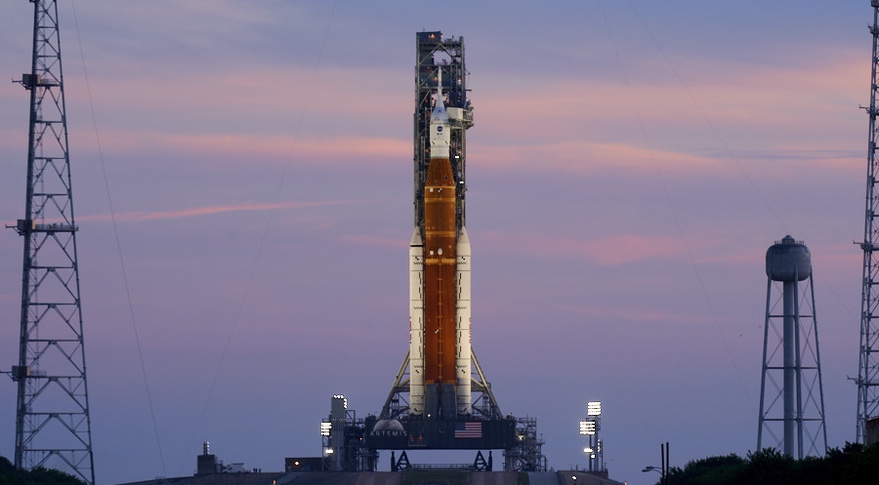
NASA published Oct. 12 a document formally known as the Justification for Other Than Full and Open Competition. The document explains NASA’s rationale to sole-source the EPOC contract rather than hold a competition. That contract would be sole-sourced to Deep Space Transport, a joint venture of Boeing and Northrop.
China gears up for launches to complete Tiangong space station
Original Publication Date: 2022-10-18 10:40
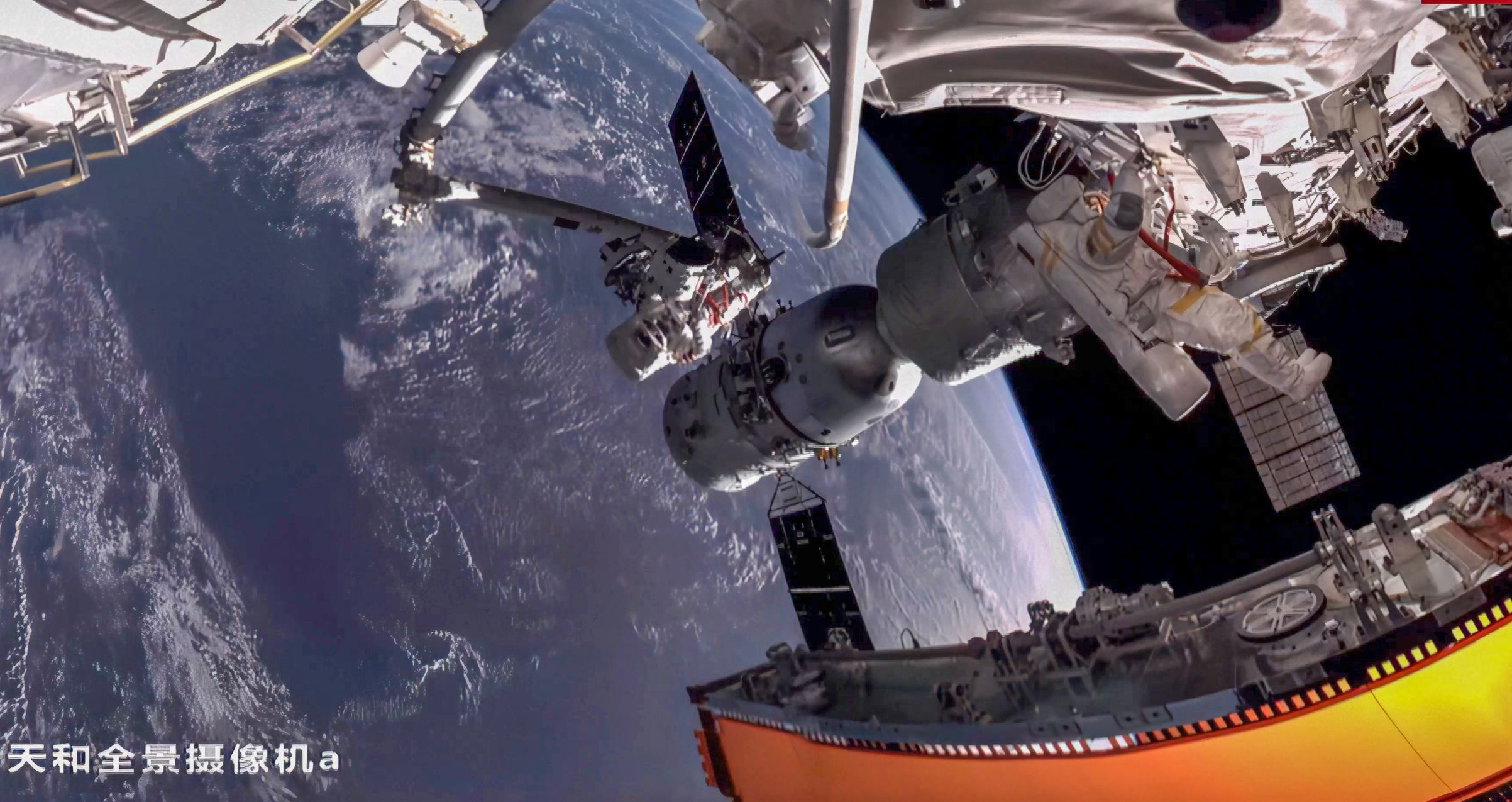
Three upcoming launches and a crew handover will complete T-shaped orbital outpost. China intends to keep the space station permanently inhabited for at least a decade. The space station itself could also be expanded from three to six modules, according to Chinese space officials. The Xuntian optical module—a co-orbiting, Hubble-class space survey telescope—is planned for launch in late 2023 or 2024.
Falcon 9 leading candidate to launch European science mission
Original Publication Date: 2022-10-18 07:55
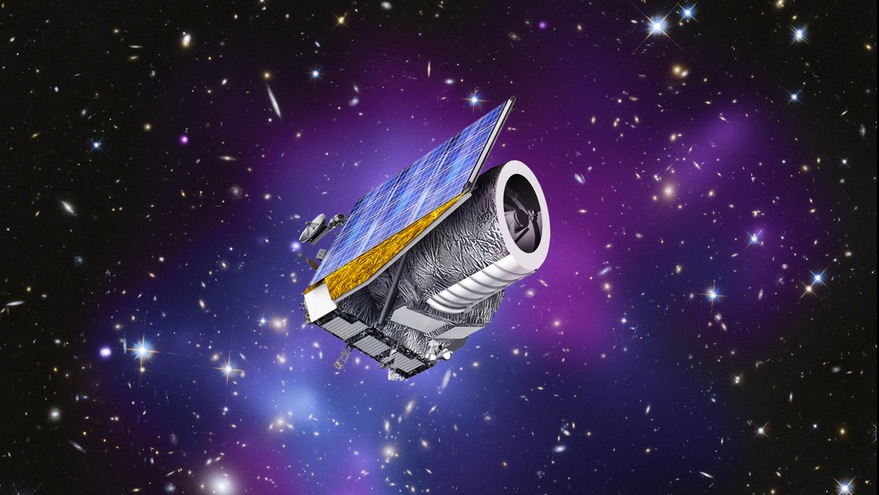
NASA is a partner on Euclid, a space telescope that will operate around the Earth-sun L-2 Lagrange point 1.5 million kilometers from Earth. The 2,160-kilogram spacecraft was to launch on a Soyuz rocket from French Guiana in 2023. Those plans changed, though, after Russia invaded in Ukraine in February.
U.S. military waiting for industry to demonstrate space transportation concepts
Original Publication Date: 2022-10-17 20:39

U.S. Transportation Command is keeping an eye on space launch companies. It's unclear when industry will be ready to demonstrate cargo delivery capabilities. The command is enthusiastic about the “rocket cargo’ program led by the Air Force Research Laboratory. Any future rocket cargo demonstrations will be organized by AFRL.
SES to appeal Intelsat C-band sharing decision
Original Publication Date: 2022-10-17 17:11

SES will ask the U.S. District Court for the Eastern District of Virginia to review the decision. SES brought a $1.8 billion claim to the bankruptcy court in July 2020. Intelsat emerged from bankruptcy in February and plans to use C-band proceeds.
NASASpaceFlight.com
The SSLV or Small Satellite Launch Vehicle conducted its launch debut from Sriharikota, India on Sunday, August 7. An issue with the fourth stage resulted in the satellites being deployed in an unusable orbit. The SSLV program’s genesis was a December 2015 National Institute of Advanced Studies proposal to create a “Small Satellite Launch Vehicle-1”
Commercial Archives
Firefly has begun expansions to its test site in Briggs, Texas, ahead of the Alpha rocket’s third flight and further development of the company’s MLV rocket. On Oct. 1, 2022, Firefly launched the ‘To The Black’ mission which successfully deployed three satellites into low Earth orbit.
International Archives
Angara 1.2 rocket launched from Site 35/1 at the Plesetsk Cosmodrome on Oct. 15. Rocket carried a payload for the Russian military to a Sun-synchronous Orbit (SSO) The payload is not known, other than it received the Kosmos-2560 designation upon reaching orbit.
Chinese Long March 3B Launches APStar-6C Communications Satellite – Spaceflight101

China conducted a rare commercial launch of a Long March 3B rocket with the APStar-6C communications satellite for APT Satellite Holdings. Long March 3B lifted off from the Xichang Satellite Launch Center at 16:06 UTC on a mission of under half an hour to lift the spacecraft into an elliptical Geostationary Transfer Orbit. Confirmation of launch success was provided by APT Satellite around 40 minutes after liftoff.
Blue Origin’s New Shepard Reaches new Heights in latest Test Flight – Spaceflight101

Blue Origin returned to its West Texas testing grounds on Sunday for the eighth flight of its reusable New Shepard launch system. The mission was designed to expand the vehicle’s operational envelope by sending it to a peak altitude of 107 Kilometers, a new record for New Shepard. Demonstrating that New Shepard can reliably lift its Crew Capsule above the Karman Line represents an important objective of the company’s drive toward beginning sub-orbital tourism flights.
News – Spaceflight101

A Russian Rockot booster is set to blast off from the Plesetsk Cosmodrome at 17:57 UTC with the Sentinel-3B multi-function satellite. The launch is scheduled to take place at the end of the day on Wednesday. Read more at: http://www.dailymail.co.uk/satellite-news/2013/01/30/satellite-launches-from-plesetsk-cosmodrome.html#storylink=cpy.
ISS Updates – Spaceflight101 – International Space Station

A veteran NASA spacewalker and an EVA rookie from Japan ended their week with nearly six hours of work outside the International Space Station. The restoration of the Station’s Mobile Servicing System started last year and continued in January to provide Canadarm2 with a new pair of grappling hands.
Featured – Spaceflight101

A SpaceX Falcon 9 took to the skies over Florida’s Cape Canaveral Monday afternoon. It was lifting a flight-proven Dragon spacecraft into orbit for a critical delivery of science gear, supplies and maintenance hardware. It is the first of at least six cargo ships inbound to the U.S. Segment of ISS this year.
Re-Entry: Long March 11 Rocket Body – Spaceflight101

The CZ-11 fourth stage used leftover propellant for a partial de-orbit maneuver, lowering its perigee to 120 Kilometers to significantly accelerate its orbital decay. It is reportedly built around a YF-50 main engine and in a nominal mission conducts the orbital circularization after the three CZ-11 stages.
Star Duo Forms ‘Fingerprint’ in Space, NASA’s Webb Finds
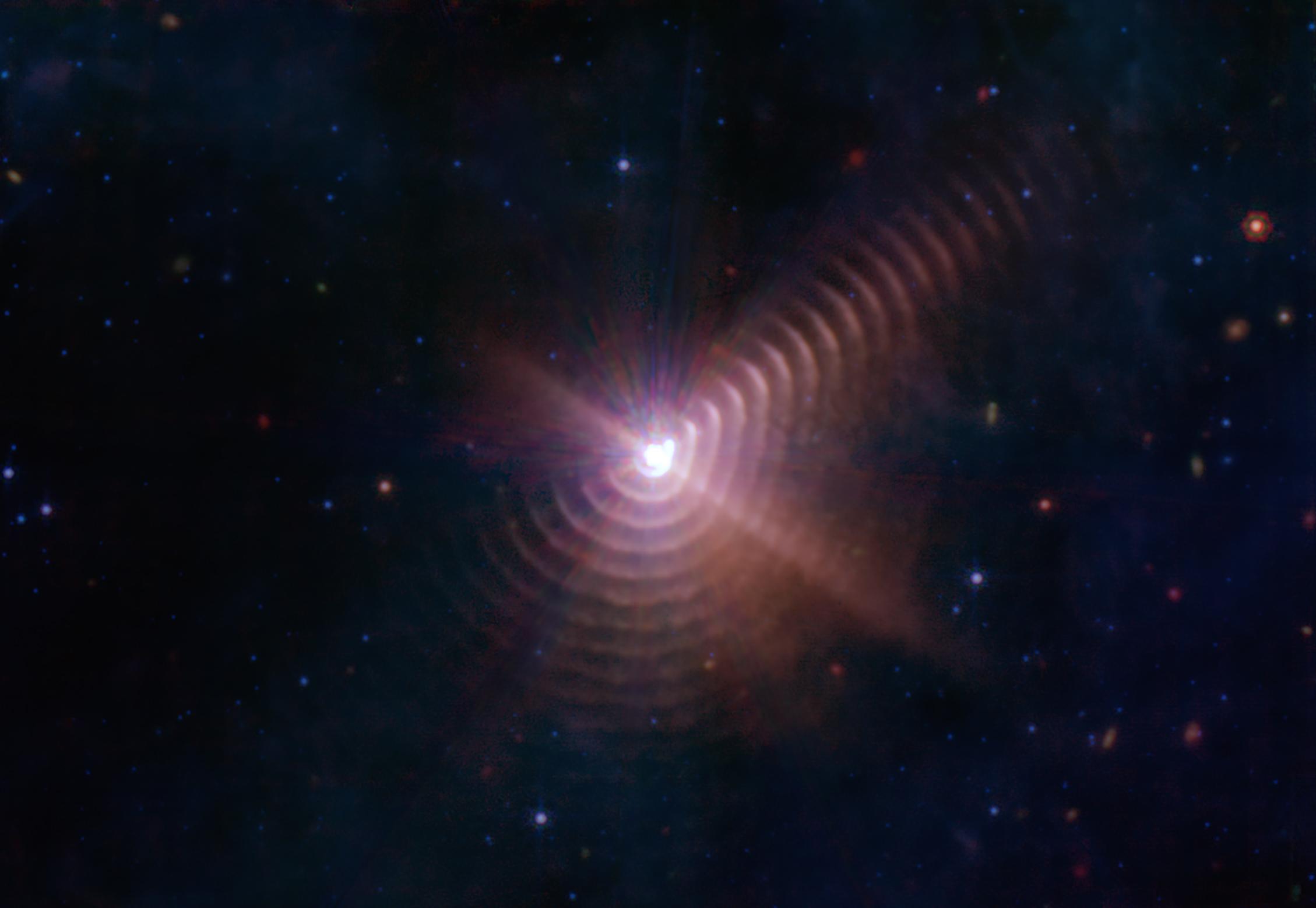
Wolf-Rayet stars may have played a role in star and planet formation. When a Wolf-Rayet star clears an area, the swept-up material can pile up at the outskirts and become dense enough for new stars to form. There is some evidence the Sun formed in such a scenario.
NASA’s Mars Mission Shields Up for Tests

Micrometeorites are a potential hazard for any space mission, including NASA’s Mars Sample Return. The lab uses two-stage light gas guns to accelerate objects to speeds that simulate micrometeorite and orbital debris impacts on spacecraft shielding. Engineers spent three days preparing for a one-second experiment.
NASA Dust Detective Delivers First Maps From Space for Climate Science

EMIT traces its roots to imaging spectrometer technology that NASA’s Airborne Imaging Spectrometer (AIS) first demonstrated in 1982. The instrument’s technology is laying the groundwork for the future Surface Biology and Geology (SBG) satellite mission. EMIT will launch aboard a SpaceX Dragon resupply spacecraft from NASA’s Kennedy Space Center in Florida on July 14, 2022.
NASA Study Suggests Shallow Lakes in Europa’s Icy Crust Could Erupt

NASA is sending the Europa Clipper spacecraft to Jupiter’s moon Europa in 2024. There is strong evidence that under a thick crust of ice, the moon harbors a global ocean that could potentially be habitable. The spacecraft will orbit Jupiter and use its suite of sophisticated instruments to gather science data.
NASA’s S-MODE Field Campaign Deploys to the Pacific Ocean
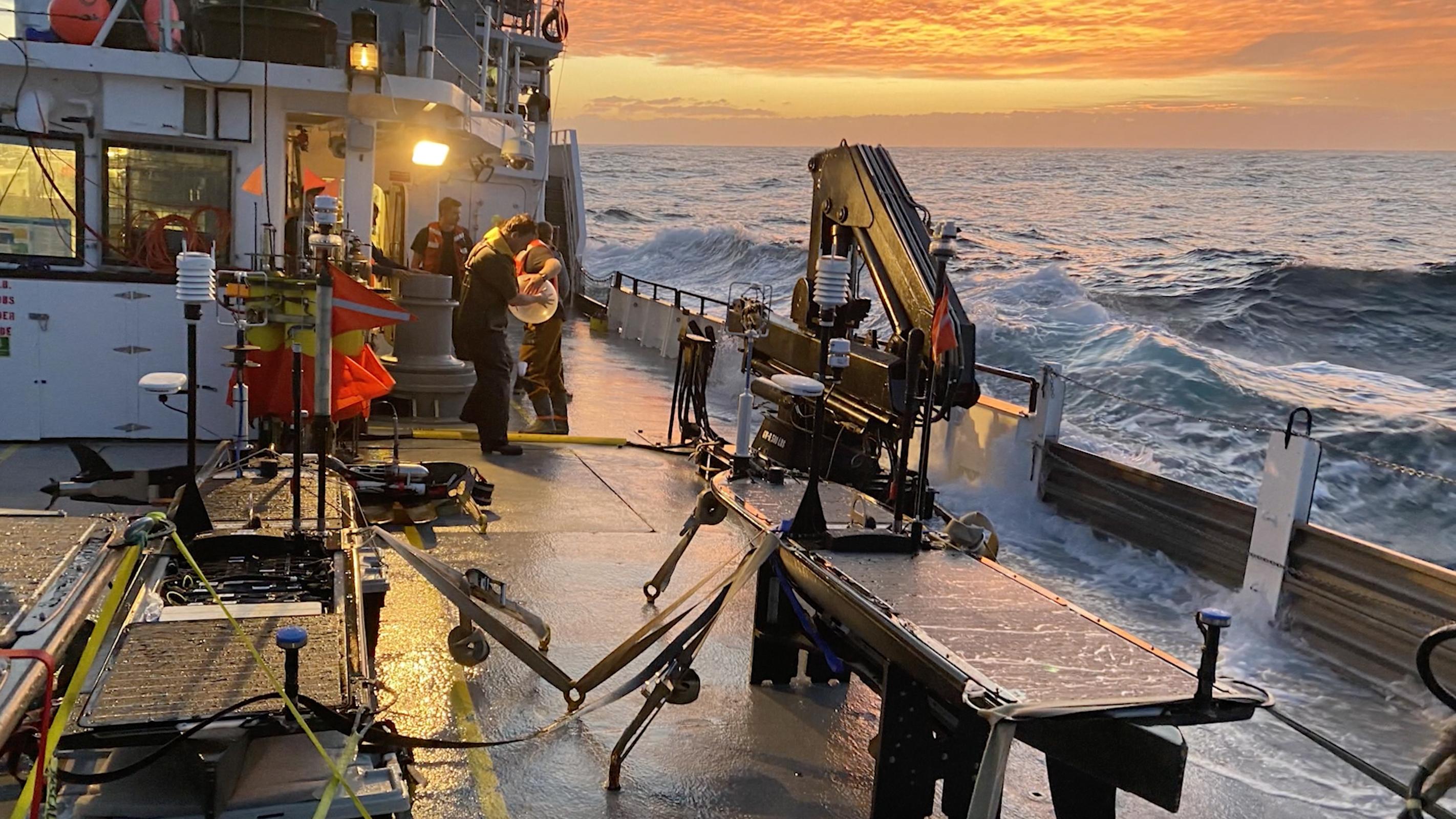
S-MODE is a satellite-based tool to study ocean sub-mesoscale eddies. Such features are challenging to analyze because, spanning up to 6.2 miles (10 kilometers), they are larger than any vessel. Infused with energy, they can change within hours.
JPL’s Venus Aerial Robotic Balloon Prototype Aces Test Flights

NASA and an Oregon company are developing a robotic balloon to explore Venus. The balloon would be attached to a Venus orbiter that would orbit the planet. The balloon would then travel into Venus' thick atmosphere to study the planet. The concept was recently tested with two successful flights of a prototype balloon.
NASA’s InSight Waits Out Dust Storm

InSight saw a recent drop in power generated by its solar panels as a continent-size dust storm swirls over Mars’ southern hemisphere. With less sunlight reaching the lander’s panels, its energy fell from 425 watt-hours per Martian day, or sol, to just 275 watt-hours per sol. To conserve energy, the mission will turn off InSight’s seismometer for the next two weeks.
